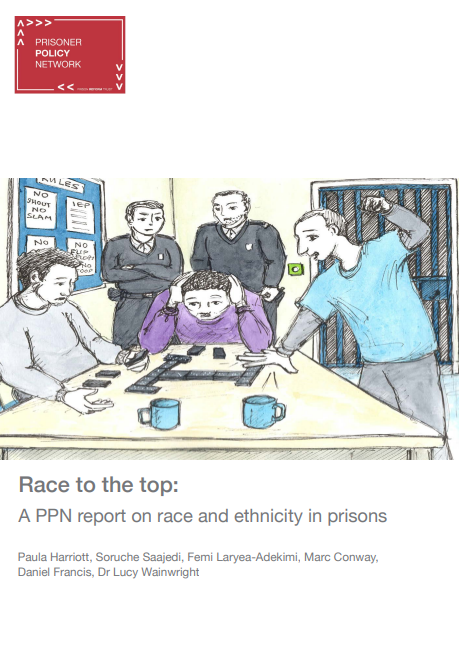By Lorena Roque and Sapna Mehta
The Department of Labor (DOL) found that child labor violations increased in 2023: 5,800 children were employed in violation of labor law, an increase of 14 percent from the previous year and 88 percent from 2019. But this likely underestimates the prevalence of child labor across the United States, as the DOL only highlights cases known to the government and many uses of child labor go unreported.
While corporations cite “tight labor markets” and “a labor shortage” as reasons for using child labor, the more accurate reason seems to be that it increases corporations’ profit margins. Children and their families are unlikely to be aware of child labor rights or resources available to report child labor violations. In addition, children and youth from families with low incomes often experience pressure to work to support themselves and their families, increasing their likelihood to be exploited by employers.
Migrant children are significantly more vulnerable to dangerous forms of child labor. An estimated 130,000 unaccompanied minors entered the United States, with 66 percent of all unaccompanied migrant children working full-time in 2022. Children who migrate to the United States are often pressured to work in order to send remittances to their family in their home country, pay off smugglers, or help support themselves. Unaccompanied migrant children are also waiting for their immigration case to be resolved, which means they are unable to access work authorization or federal support programs due to their lack of immigration status. Research shows that unaccompanied children who are connected to lawyers and social workers are better able to navigate the legal process and integrate into their new communities, including obtaining work authorization, immigration status, and critical services like health care. Therefore, the Department of Health and Human Services (HHS) needs to direct more resources to legal counsel and post-release services for unaccompanied migrant children.
Child labor has had a long history in farmwork in the United States due to the original Fair Labor and Standards Act (FLSA), which excluded protections for all workers in the farmwork, agriculture, and domestic industries–including minimum wage, Social Security benefits, and overtime compensation. These exclusions disproportionately affected Black and Hispanic workers who were overrepresented in agricultural work and were intentional by design. These jobs were some of the only ones that Black and Hispanic people were allowed to have after the Great Migration. As of 2020, 78 percent of all farm workers identified as being a part of the Hispanic community.
Even today, the FLSA has a different set of standards for youth employment for workers in the agricultural sector. For example, youth must be 14 years old to hold a nonagricultural position, while youth 12 and under can work in agriculture if a parent has given written permission and if the farm is not required to pay the federal minimum wage.
In recent years there have been several deeply researched media reports on child labor. A 2023 New York Times investigative report showed the precarious working conditions migrant children endure. In July 2023, the death of a 16-year-old boy in a Mississippi poultry plant that had experienced previous fatalities drew wide coverage.11 This heightened coverage has drawn Congressional attention to the growing problem of child labor.
Astonishingly, since 2021, many state governments have encouraged the use of child labor, with at least 28 states proposing or enacting laws that loosen child labor protections.12 Arkansas enacted legislation that eliminated age verification for child labor as well as parent or guardian permission requirements, while Iowa lowered the minimum age of child care workers.
As states continue to enact laws and child labor standards that are more dangerous and negligent than the FLSA, federal legislation should prioritize child labor protections by ensuring that companies are held accountable at every step of the supply chain. This legislation should also include staffing agencies and independent contractors to ensure that all companies employing children in hazardous workplaces are held accountable for their actions.
At the federal level, policymakers have introduced several bills to address child labor, including some with bipartisan support. U.S. Senators Cory Booker (D-NJ) and Josh Hawley (R-MO) introduced the Preventing Child Labor Exploitation Act. This bill would combat child labor by preventing the U.S. government from signing contracts with companies that violated child labor laws or those that do business with third-party vendors that fail to address child labor infractions. The Stop Child Labor Act, introduced by Senators Brian Schatz (D-HI) and Todd Young (R-IN), would establish new criminal penalties for repeat violations of child labor laws and increase civil penalties to a minimum penalty of $5,000 per child labor violation. Senators Bob Casey (D-PA) and Patty Murray (D-WA), along with Congresswoman Rosa DeLauro (D-CT-3), introduced the Children Harmed in Life-Threatened or Dangerous (CHILD) Labor Act, which would increase civil penalties for child labor violations to at least $11,000 and would also increase transparency by authorizing the Secretary of Labor to add warning labels to goods manufactured with oppressive child labor and issue a stop order to any individual who is in violation of child labor provisions.
It is also necessary to close the child labor loopholes between agriculture work and non-agricultural work. The Children’s Act for Responsible Employment and Farm Safety (CARE Act), introduced by Rep. Raul Ruiz (D CA) would bring age and work hour standards for children working in farmwork and agriculture to the labor standards of all other labor industries.
Washington, DC: CLASP, 2024. 5p.





















